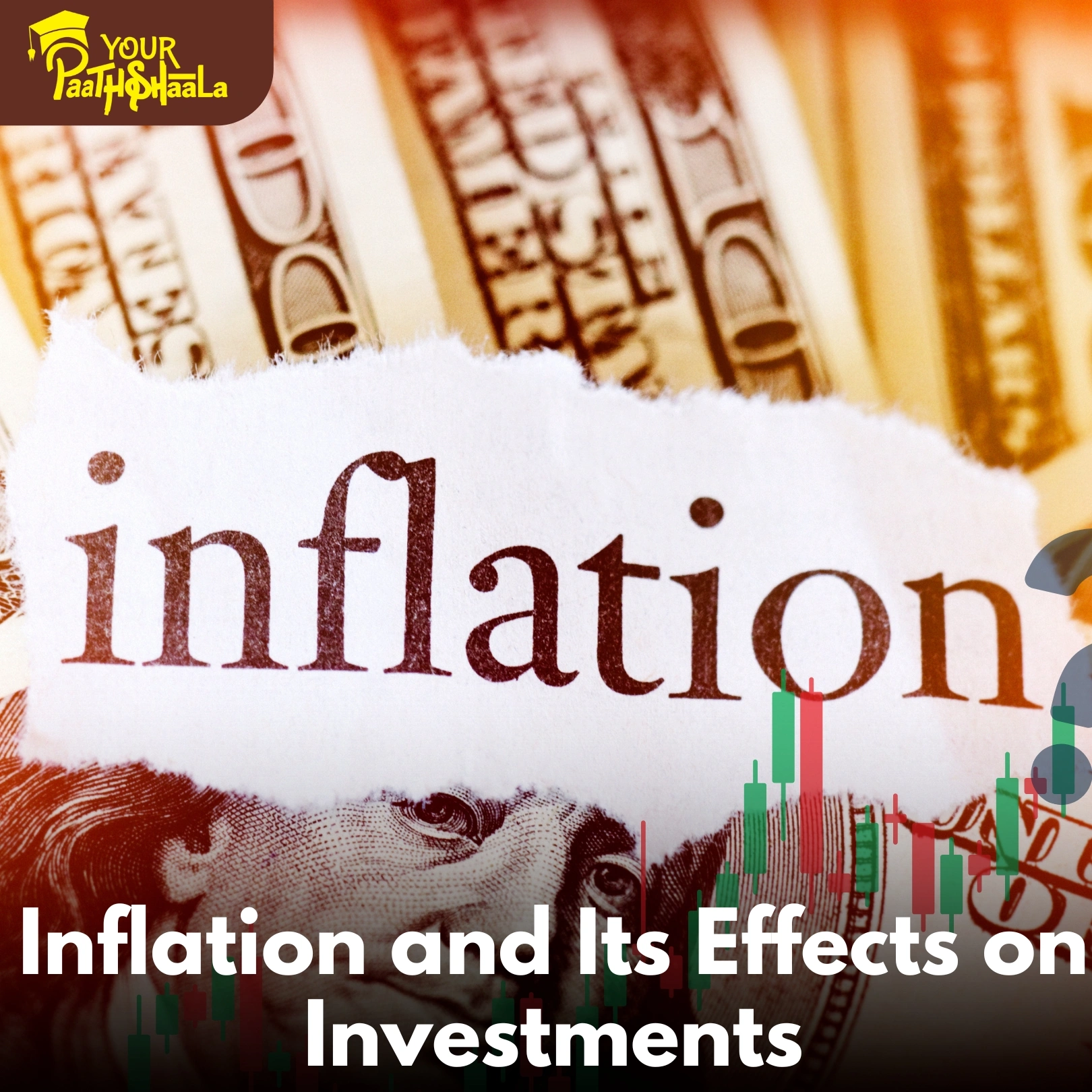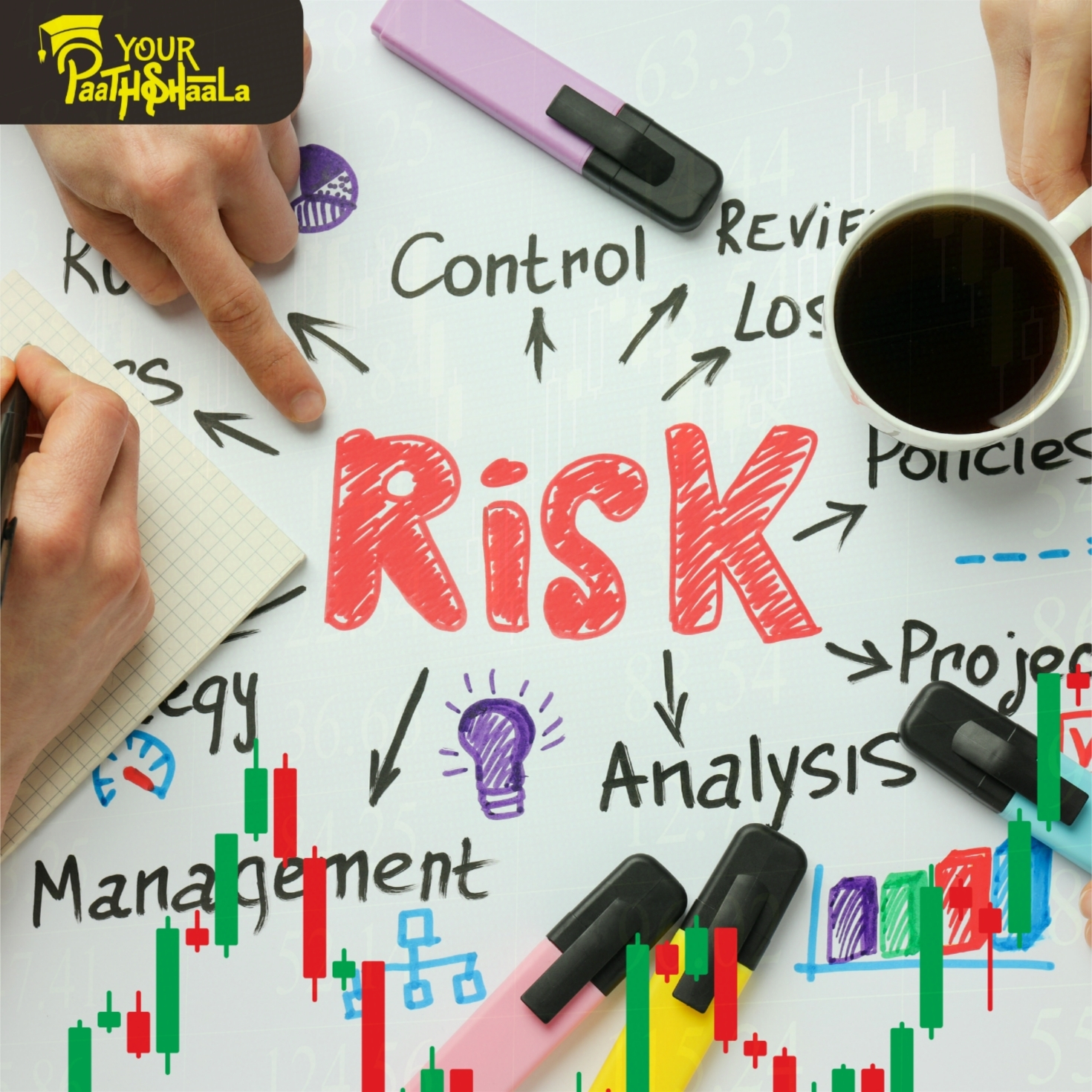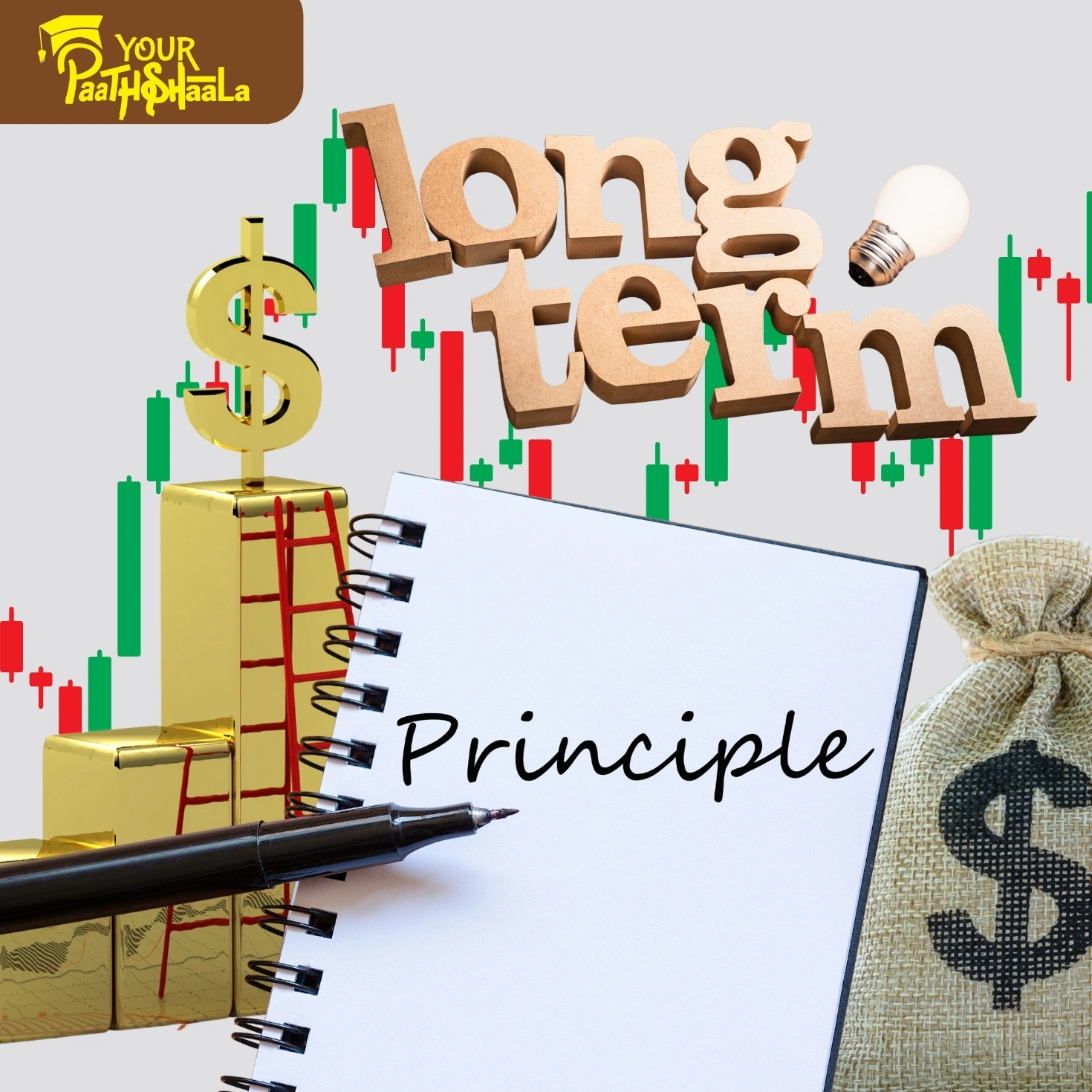Inflation and Its Effects on Investments: How to Protect and Grow Your Wealth in 2025
Inflation is a term every investor should understand. As the cost of goods and services rises over time, the value of money gradually erodes. This silent force can have a major impact on your savings and investments, influencing everything from your daily expenses to your long-term financial goals. In 2025, with inflation making headlines worldwide, it’s more important than ever to manage inflation risk and make smart investment choices.
In this easy-to-read guide, we’ll explain what inflation is, how it affects different types of investments, and share practical strategies to help you safeguard and grow your wealth—even when prices are rising.
What Is Inflation in Investment?
Inflation refers to the general increase in prices across an economy over time. When inflation is high, each unit of currency buys fewer goods and services than before. For example, if inflation is 6%, something that cost ₹100 last year would cost ₹106 this year.
Key Causes of Inflation:
Demand-pull inflation: When demand for goods and services exceeds supply.
Cost-push inflation: When production costs (like wages or raw materials) increase.
Monetary inflation: When there’s more money circulating in the economy, often due to central bank policies.
How Does Inflation Affect Your Money?
1. Erodes Purchasing Power
The most direct impact of inflation is the reduction of your money’s purchasing power. If your savings don’t grow at least as fast as inflation, you’ll be able to buy less with the same amount of money in the future.
2. Reduces Real Returns on Investments
Even if your investments are making profits, inflation can eat into those gains. For example, if your investment returns 7% in a year but inflation is 6%, your real return is only 1%.
3. Impacts Different Asset Classes Differently
Not all investments respond to inflation in the same way. Some assets may lose value, while others can act as a hedge and even outperform during inflationary periods.
Which Investments Perform Well During Inflation?
1. Stocks (Equities)
Historically, stocks have outpaced inflation over the long term. Companies can often pass higher costs on to consumers, helping maintain profits. However, not all sectors perform equally—energy, commodities, and consumer staples tend to do better in inflationary times.
2. Real Estate
Property values and rents usually rise with inflation, making real estate a popular hedge. Real estate investment trusts (REITs) also offer inflation protection and can provide steady income.
3. Commodities
Physical assets like gold, oil, and agricultural products often see their prices rise during inflation. Many investors buy commodities or commodity-linked funds to diversify and protect their portfolios.
4. Inflation-Protected Securities
Some government bonds, such as Treasury Inflation-Protected Securities (TIPS) in the US, are designed to rise in value with inflation. In India, inflation-indexed bonds offer similar benefits.
5. Alternative Assets
Assets like infrastructure, private equity, and collectibles may also provide inflation protection, though they come with their own risks and liquidity considerations.
Which Investments Are Most at Risk?
1. Cash and Savings Accounts
Money kept in cash or low-interest savings accounts loses value rapidly during high inflation, as interest earned rarely keeps up with rising prices.
2. Fixed-Rate Bonds
Traditional bonds with fixed interest payments can lose value because their payouts don’t increase with inflation, making them less attractive compared to new, higher-yielding bonds.
How to Manage Inflation Risk in Your Portfolio
1. Diversify Across Asset Classes
Spreading your investments across stocks, real estate, commodities, and inflation-protected securities can help cushion your portfolio from inflation’s impact.
2. Focus on Growth Assets
Prioritize investments that have the potential to outpace inflation, such as equities and real estate, rather than relying too heavily on cash or fixed-income products.
3. Consider Inflation-Linked Investments
Explore options like inflation-indexed bonds or funds that invest in sectors likely to benefit from rising prices.
4. Review and Adjust Regularly
Inflation rates and market conditions change over time. Review your portfolio at least once a year and adjust your asset allocation if necessary.
5. Avoid Emotional Decisions
Inflation can cause market volatility, but making impulsive moves can hurt your long-term returns. Stick to your investment plan and focus on your long-term goals.
Frequently Asked Questions
Q: How can I tell if my investments are keeping up with inflation?
Compare your portfolio’s annual return to the inflation rate. If your return is higher, your purchasing power is growing; if it’s lower, you’re losing ground.
Q: Should I avoid bonds during inflation?
Not necessarily. While traditional fixed-rate bonds may struggle, inflation-linked bonds or short-duration bonds can still play a role in a diversified portfolio.
Q: Is gold always a good hedge against inflation?
Gold often performs well during inflation, but it can also be volatile. It’s best used as part of a broader diversification strategy.
Q: How much should I invest in inflation-protected assets?
The right amount depends on your risk tolerance, goals, and market outlook. Many experts suggest allocating 10–20% of your portfolio to inflation hedges during high-inflation periods.
Conclusion: Stay Ahead of Inflation for Long-Term Success
Inflation is an unavoidable part of any economy, but it doesn’t have to derail your financial future. By understanding how inflation affects various investments and taking proactive steps to diversify and adjust your portfolio, you can protect your wealth and even find opportunities for growth.
Want to Learn More About Investing in an Inflationary World?
If you’re ready to build a resilient portfolio and master the strategies needed to thrive during inflation, expert guidance can make all the difference.
Visit YourPaathshaala
Near 🏥 Anjali Children Hospital, Tagore Nagar, Mathpurena, Raipur.
📫 PIN code: 492001, Chhattisgarh
📞 Click the Call Now to contact us!
Take control of your financial future with YourPaathshaala—your trusted partner for financial education and investment success in Raipur.







